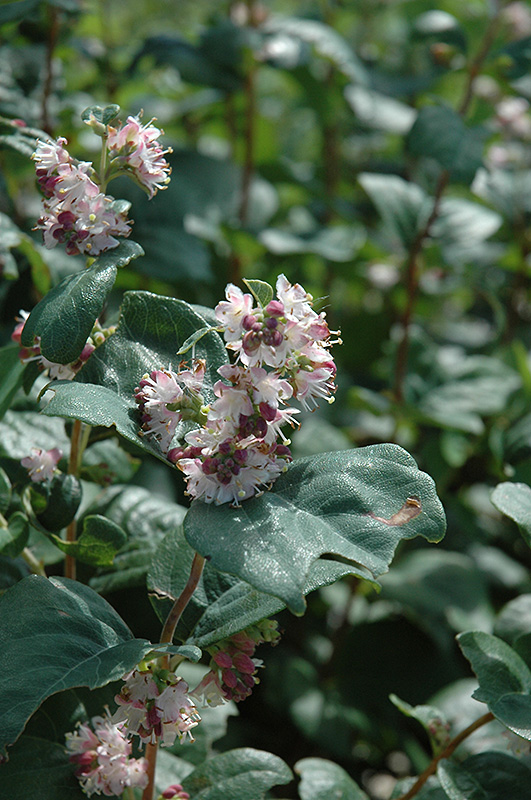How To Grow And Care For A Climbing Hydrangea Plant
If you're looking for a beautiful, fast-growing plant to decorate your garden, look no further than the climbing hydrangea. With its delicate white flowers and lush green foliage, this plant is sure to turn heads and draw compliments from all who see it.
:max_bytes(150000):strip_icc()/Climbing-Hydrangea-57f289903df78c690ffb5090.jpg)
Plant Attributes
The climbing hydrangea is native to the deciduous forests of Japan and Korea, and it is known for its stunning aerial rootlets. The plant can grow up to 50 feet tall, with a spread of 6-12 feet. It prefers partial to full shade and acidic soil, with a pH of 5.0-6.0. The plant is hardy in USDA zones 4-8, making it a great choice for gardens in the eastern and central United States.
Plant Care
One of the great things about the climbing hydrangea is that it is relatively low-maintenance. Watering is important during dry spells, but the plant can tolerate short periods of drought. Fertilizing is not necessary, but a layer of compost in early spring can help promote healthy growth. Mulching around the base of the plant can also help retain moisture and suppress weeds.
Pruning
The climbing hydrangea does not require much pruning, but it can help to control its size and shape. Prune in late winter or early spring, before new growth appears. Remove any dead or damaged wood, and prune to shape or to remove any excessive growth. The plant can also be pruned to control its spread or to remove any unwanted aerial roots.
Propagation
The climbing hydrangea can be propagated through stem cuttings or layering. Take cuttings from the plant in late spring or early summer, and dip them in a rooting hormone before planting them in a well-draining soil mix. Layering involves pinning down a branch of the plant and covering it with soil, allowing it to develop roots before eventually being severed from the parent plant.
Potting & Repotting
The climbing hydrangea can also be grown in containers, but it is important to choose a large enough pot to accommodate its growth. Use a well-draining soil mix and ensure adequate drainage holes at the bottom of the pot. Repot every 2-3 years, and prune any excessive growth before repotting. The plant may also benefit from staking or trellising in a container.
Common Pests & Plant Diseases
The climbing hydrangea is generally resistant to pests and diseases, but it can be susceptible to leaf spot, powdery mildew, and scale insects. These issues can be treated with fungicides or insecticides, but it is important to follow the instructions carefully and to treat the plant before the issue becomes severe.
Common Problems
The climbing hydrangea can occasionally suffer from slow growth or lack of flowering. This can be caused by a number of factors, including improper soil pH, inadequate watering or fertilizing, or improper pruning. Ensure that your plant is getting the proper care and try adjusting the soil pH or fertilizing with a balanced fertilizer to promote healthy growth and flowering.
In conclusion, the climbing hydrangea is a beautiful and versatile plant that can add color and interest to any garden. With proper care and attention, it can grow into a stunning showpiece that will be the envy of all who see it. So why not add one to your garden today and see for yourself the beauty and wonder of this magnificent plant?



:max_bytes(150000):strip_icc()/goldenmarguertieblossom-c820583fd8a645d9a0a268c210391f1e.jpg)
Post a Comment for "How To Grow And Care For A Climbing Hydrangea Plant"